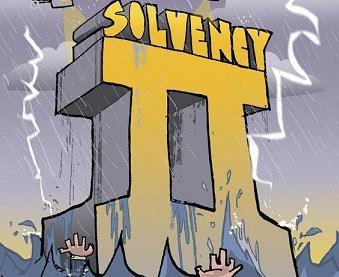New capital regime will encourage safety-first investment strategies, shows survey

Just over a third (36%) of insurance professionals and fund managers believe asset management companies are unprepared for the detailed data insurers will require under Solvency II, according to a new survey.
The poll of 100 insurance executives and fund managers, carried out by State Street, says that eight per cent think asset managers are “very unprepared” for the requirements of the new EU capital regime for insurers.
Under Solvency II, which comes into force in January next year, insurers will be required to furnish details of investment assets that are held on their behalf.
And even if asset managers can provide the level of data required, 41% believe they would struggle to do so in a timely fashion and 31 % said alternative fund managers will be “very reluctant” to share important and commercial data with insurers under Solvency II due to concerns over information sensitivities.
A further 56% think alternative managers will be “slightly reluctant” to share such data.
Martha Whitman, head of insurance solutions for Europe, Middle East & Africa at State Street said that while the focus on Solvency II had been on issues facing insurers, the fund managers who manage their investments faced equally demanding challenges.
Given the higher capital charge insurers will have to pay under Solvency II, 10% of insurance executives and fund managers surveyed believe insurers will dramatically reduce their exposure to alternative assets, like hedge funds and property.
Nearly half (43%) of those surveyed predicted more insurers will enter joint ventures to change how they are exposed to alternative assets, such as by directly investing in real estate.
More than two-thirds (68%) of insurance executive and fund managers surveyed said that the introduction of Solvency II will lead insurers to place more focus on more predictable investment strategies.
One seventh (14%) said they were ‘very concerned’ that insurers will have less appetite for risk, with knock-lon consequences for insurers’ ability to meet their liabilities.






































No comments yet